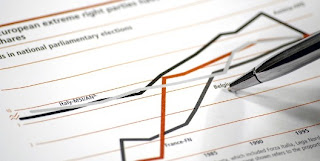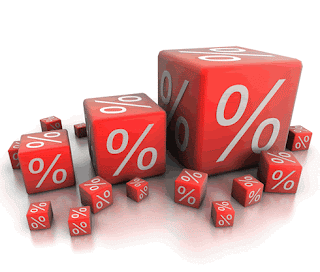In 1973, the U.A.E. Currency Board introduced notes in denominations of 1, 5, 10, 50, 100 and 1000 dirham. A second series of note was introduced in 1982 which omitted the 1 and 1000 dirham notes. 500 dirham notes were introduced in 1983, followed by 200 dirham in 1989. 1000 dirham notes were reintroduced in 2000. Banknotes are currently available in denominations of 5 (brown), 10 (green), 20 (light blue), 50 (purple), 100 (pink), 200 (green/brown), 500 (navy blue) and 1000 (greenish blue) dirham.
The obverse texts are written in Arabic with numbers in Eastern Arabic numerals; the reverse texts are in English with numbers in Hindu Arabic numerals. The 200 dirham denomination is scarce as it was only produced in 1989; any circulating today come from bank stocks.
Historically, Dirham has been very important in the Middle East because it was the main form of exchange for a very long time. The word is derived from "drachm" ancient Greek coin. The modern Dirham of UAE gained prominence after the discovery of oil in this region. Before the formation of UAE in 1972, Indian Rupee and Gulf Rupee were commonly used in Dubai and other parts of the region. The currency is issued by the United Arab Central Bank and it has been pegged with the U.S.Dollars at 1 US Dollar = 3.67 AED, which has remained constant since about 28 years.
AED (A.E.D.) is the ISO 4217 code for United Arab Emirates Dirhams. Dirham's Numeric code is 784. The UAE Dirham came into operation in 1973 when it replaced the Qatar and Dubai Riyals.
However, people in UAE prefer to write the unofficial abbreviation of Dhs. or DH. Hindi/Urdu/Gujarati speaking expatriates from India/Pakistan also refer to the Dirham as "Rupiya" (Rupee / Rupees) or "Paisa", which is not only the currency in India and Pakistan but also the generic name for money. It is not uncommon to hear a local Arab asking an expatriate vendor "Kitna Rupiya" or "Kitna Paisa".
The Dirhams is divided into 100 fils. "Fils" is a singular form whereas "Fuloos" is the plural, which is also the Arabic for money.
The coins currently in use in UAE are 25-Fils, 50-Fils and 1-Dirham whereas lesser denomination are not in common use, viz. 1, 5 & 10 Fils.
Fils is not only the subdivision of UAE Dirham but also the subdivision of Bahraini Dinars, Iraqi Dinars, Kuwaiti Dinars which are 1000 Fils in a Dinar and Yemeni Rials which are 100 Fils for a Rial.The AED is available in a total of 8 different denominations viz. 1000, 500, 200, 100, 50, 20, 10 & 5 Dirhams. The notes are printed on one side in Arabic and on the other side in Engish. The 200 Dirham note were last printed in 1989 and now are rarely found in circulation.
About Me
About Me



 O
O